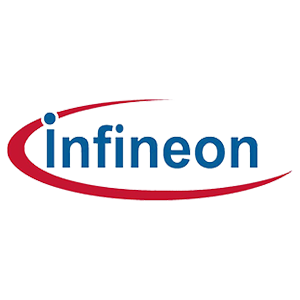In modern electronic design, FPGA (Field-Programmable Gate Array) has gained wide adoption across various industries due to its powerful flexibility and high performance. From consumer electronics to industrial automation, from communication equipment to artificial intelligence, FPGAs meet diverse requirements with their unique architecture.
What is FPGA?
FPGA is a programmable semiconductor device that allows users to implement custom digital logic circuits using programming languages such as VHDL or Verilog. This programmability enables FPGAs to adapt quickly to evolving application needs while avoiding the high cost and lengthy development cycles of ASICs (Application-Specific Integrated Circuits).

The Structure of FPGA
The core architecture of an FPGA consists of the following components:
1.Programmable Logic Blocks
These are the basic units for performing various logical operations. They typically include Lookup Tables (LUTs), flip-flops, and simple combinational logic.
2.Programmable Interconnects
These allow users to flexibly connect logic blocks to form complex digital circuits.
3.I/O Pins
The input/output pins enable interaction with external devices and can be configured for various communication protocols (e.g., UART, SPI, I2C).
4.On-chip Memory
Integrated RAM modules are used for temporary data storage or implementing specific functions.
5.DSP Modules
FPGAs often include specialized Digital Signal Processing (DSP) modules for tasks like signal processing and machine learning.
Key Features of FPGA
1.High Flexibility
Users can redefine circuit functions through hardware description languages and reprogram them multiple times to meet different needs.
2.Powerful Parallel Processing
FPGAs support parallel computation, significantly improving task processing efficiency, especially in high-speed scenarios.
3.Low Latency
By implementing logic functions at the hardware level, FPGAs offer much lower latency compared to software-based systems.
4.Upgradability
Unlike ASICs with fixed hardware functions, FPGAs can be updated to meet new requirements.
Applications of FPGA
1.Telecommunication
FPGAs are widely used in 5G base stations, high-speed networking devices, and wireless communication for signal processing and protocol implementation.
2.Artificial Intelligence and Machine Learning
With their parallel computation capabilities, FPGAs optimize AI model performance and accelerate inference in deep learning applications.
3.Industrial Automation
FPGAs enable high-speed real-time data acquisition and processing in industrial control and robotics.
4.Automotive Electronics
In autonomous driving systems, FPGAs are core modules for processing sensor data, supporting radar and vision algorithms.
5.Aerospace and Defense
FPGAs are used in avionics and military equipment due to their radiation resistance and high-performance capabilities.
FPGA vs. ASIC
| Feature | FPGA | ASIC |
| Flexibility | High, reprogrammable | Low, functionality is fixed |
| Development Cycle | Short, ideal for rapid prototyping | Long, requires months or more |
| Cost | Low initial cost, higher unit cost in large volumes | High initial cost, lower unit cost in mass production |
| Performance | Generally lower than ASIC but sufficient for most applications | Typically higher performance |
Future Trends in FPGA
With advancements in semiconductor technology, the performance and capabilities of FPGAs continue to grow. Key trends include:
1.Integration of More Specialized Modules
Next-generation FPGAs are incorporating more processing units, such as ARM processor cores, GPU modules, and dedicated AI acceleration modules.
2.Power Consumption Optimization
Low-power FPGA designs are becoming a focus, especially for IoT and mobile device applications.
3.Developer-Friendly Environments
Many FPGA vendors are developing advanced tools and platforms (e.g., high-level synthesis tools) to enable developers to design circuits using high-level languages such as C/C++.
Conclusion
FPGA plays an indispensable role in modern electronic design with its flexibility, parallel processing capabilities, and low latency. Whether for rapid prototyping or deploying complex applications, FPGAs provide developers with powerful tools and extensive possibilities. As technology continues to evolve, the applications and value of FPGAs will expand further, driving innovation across industries.
























